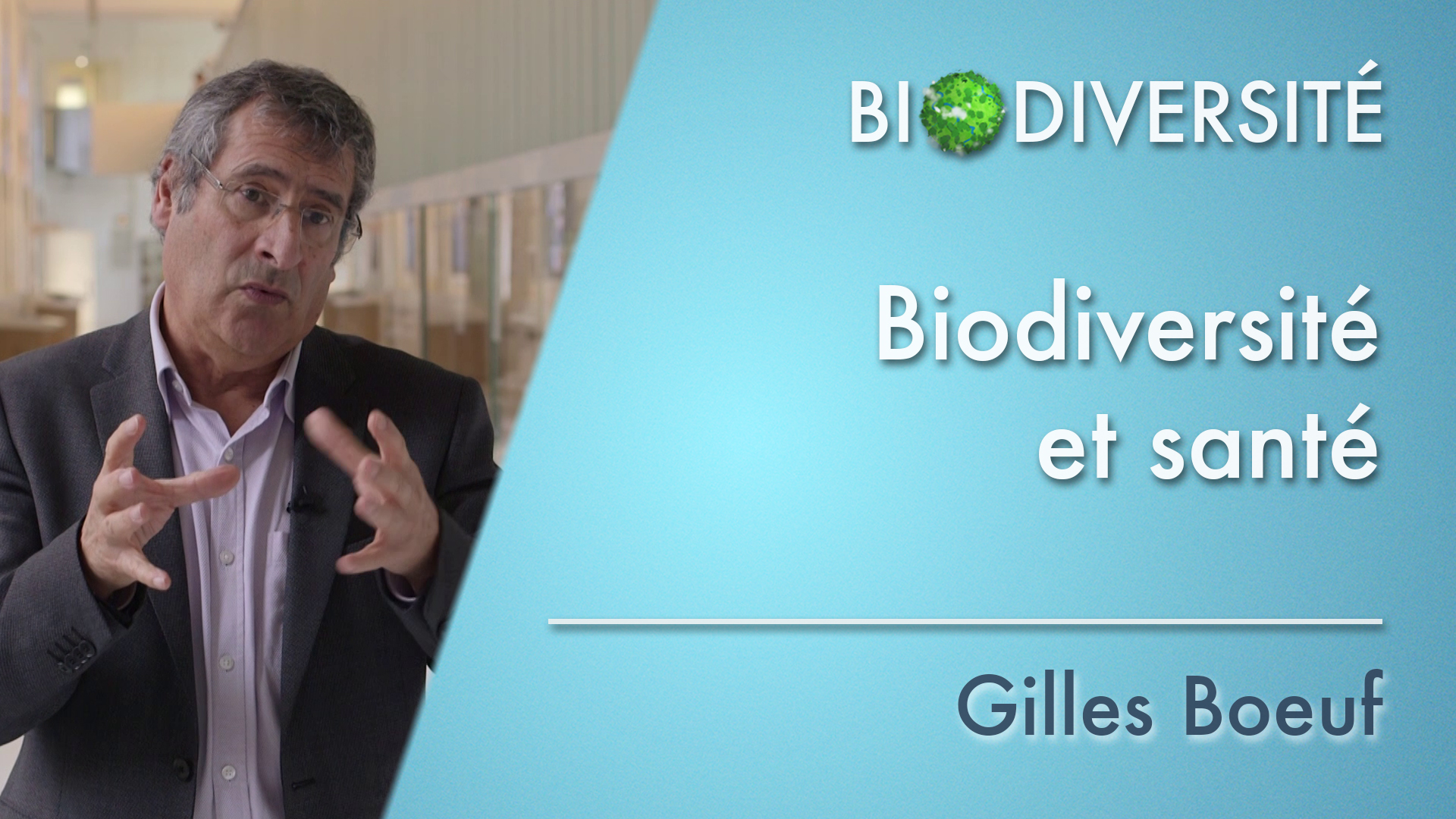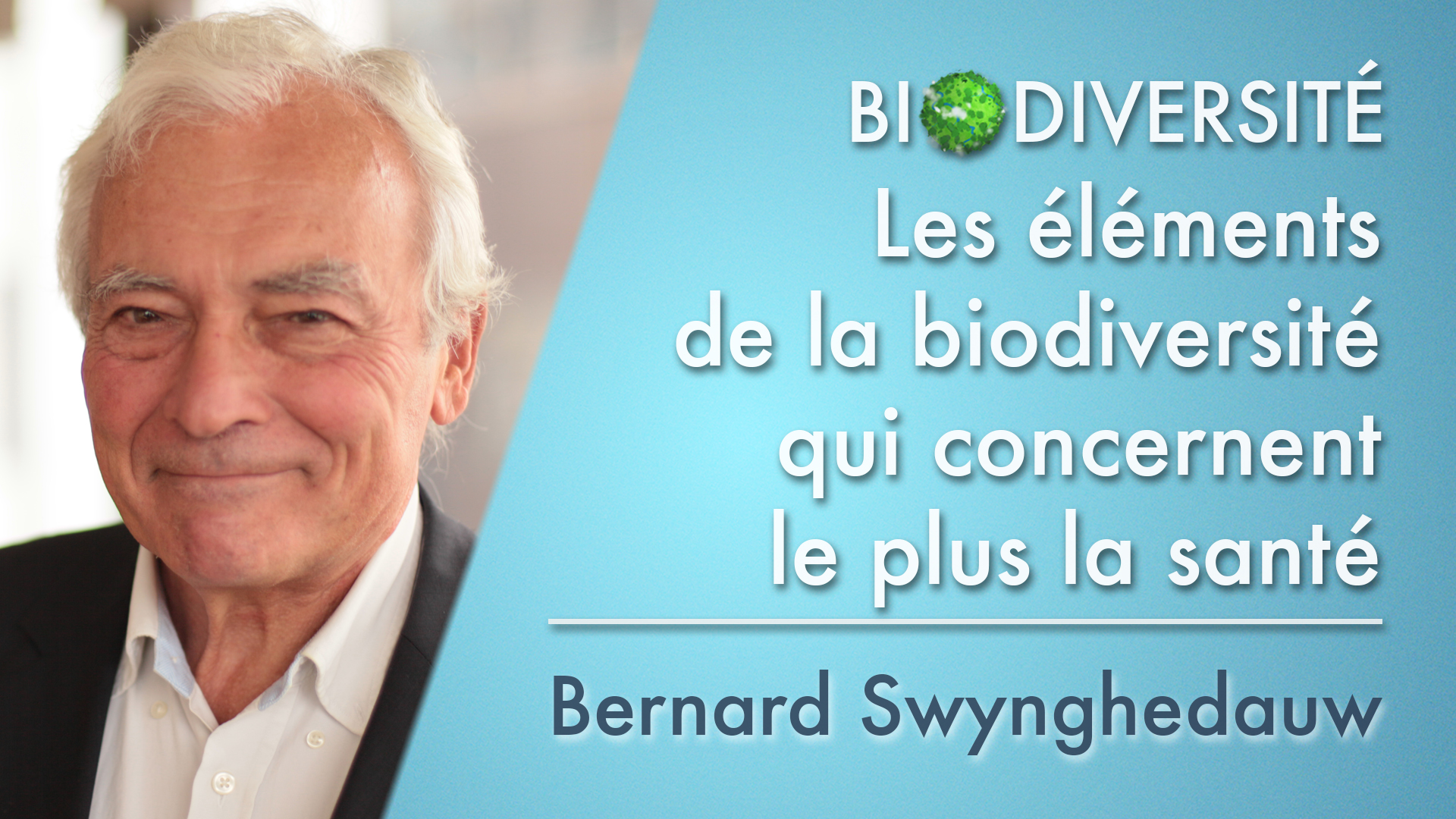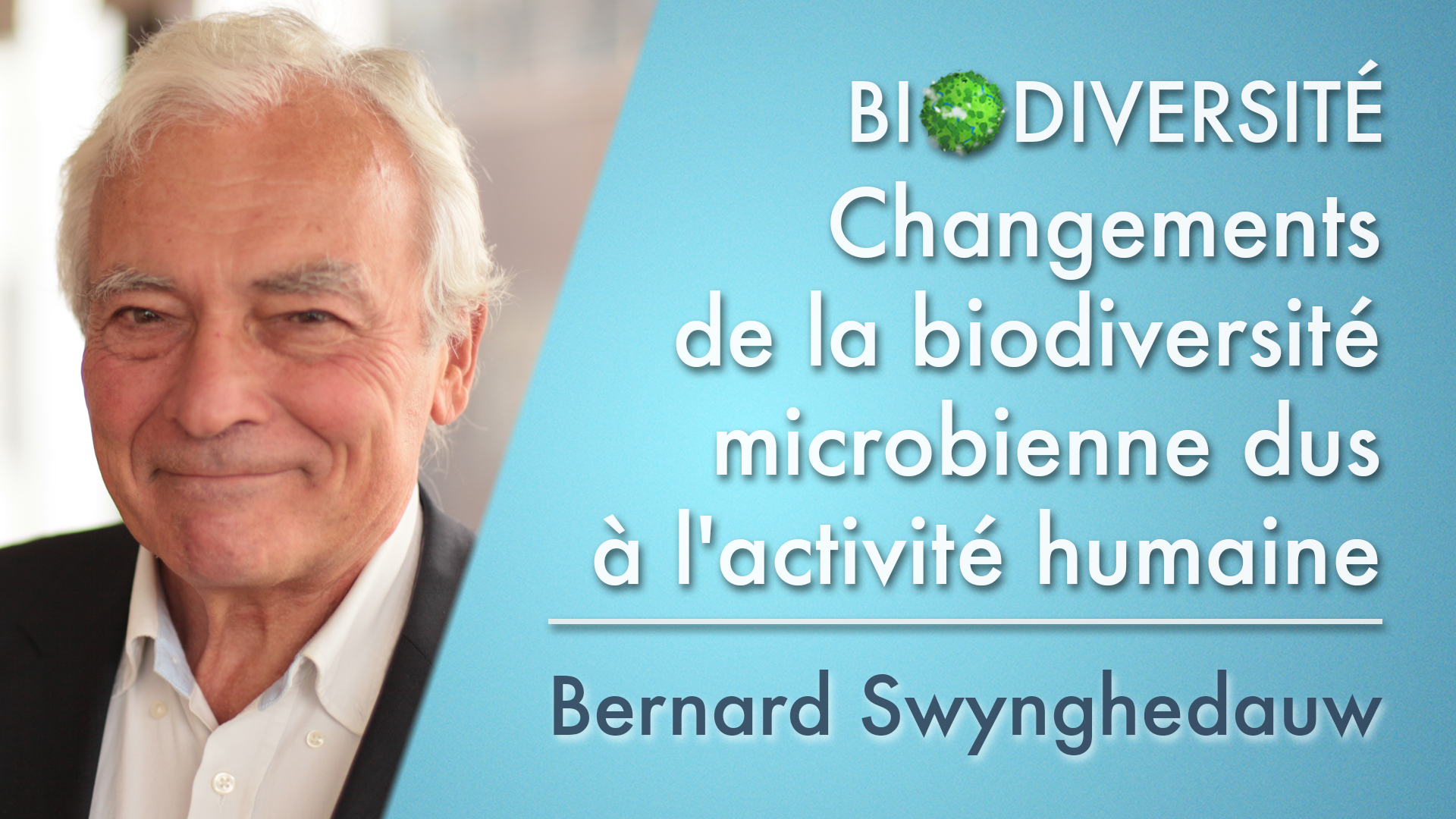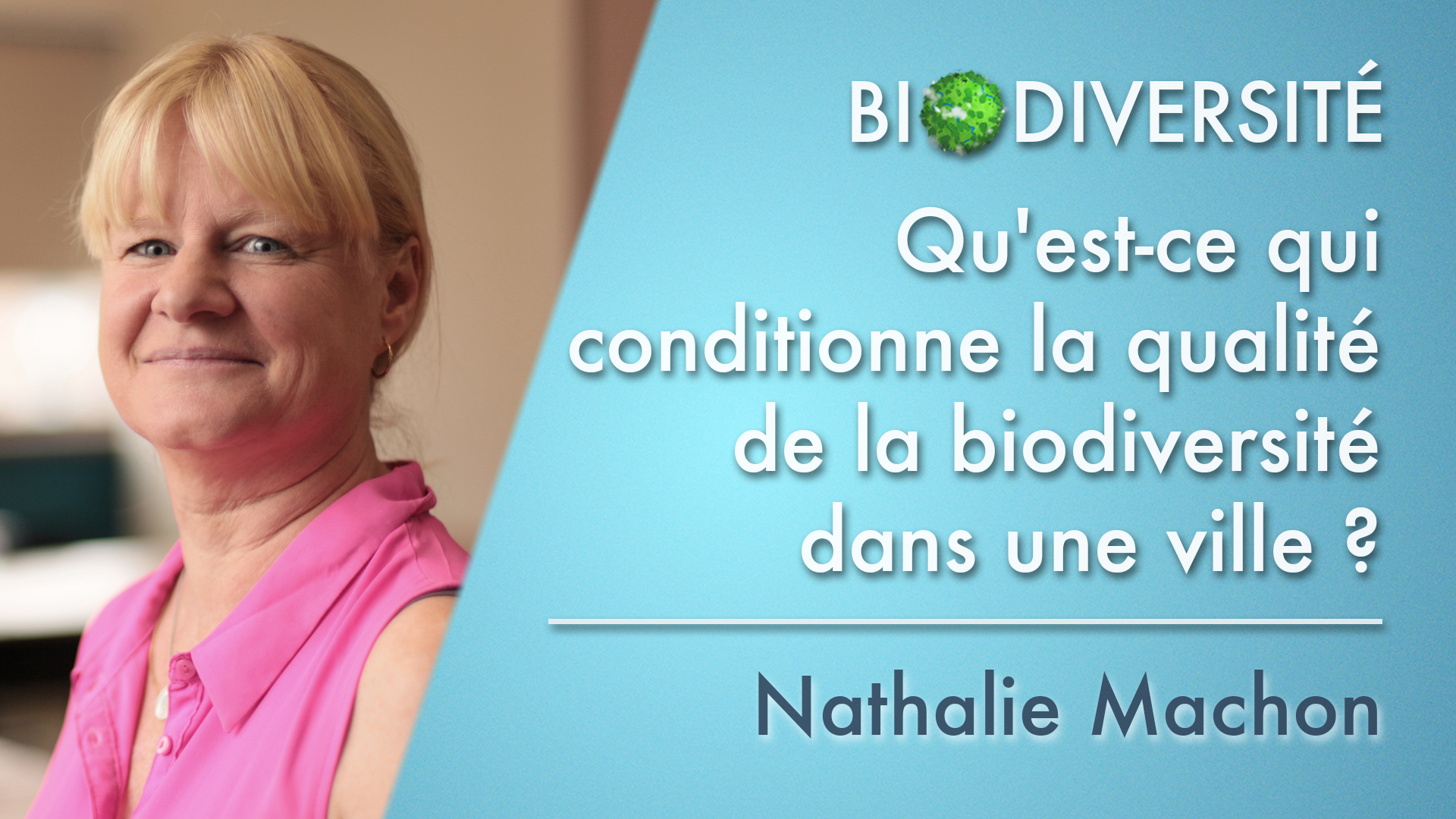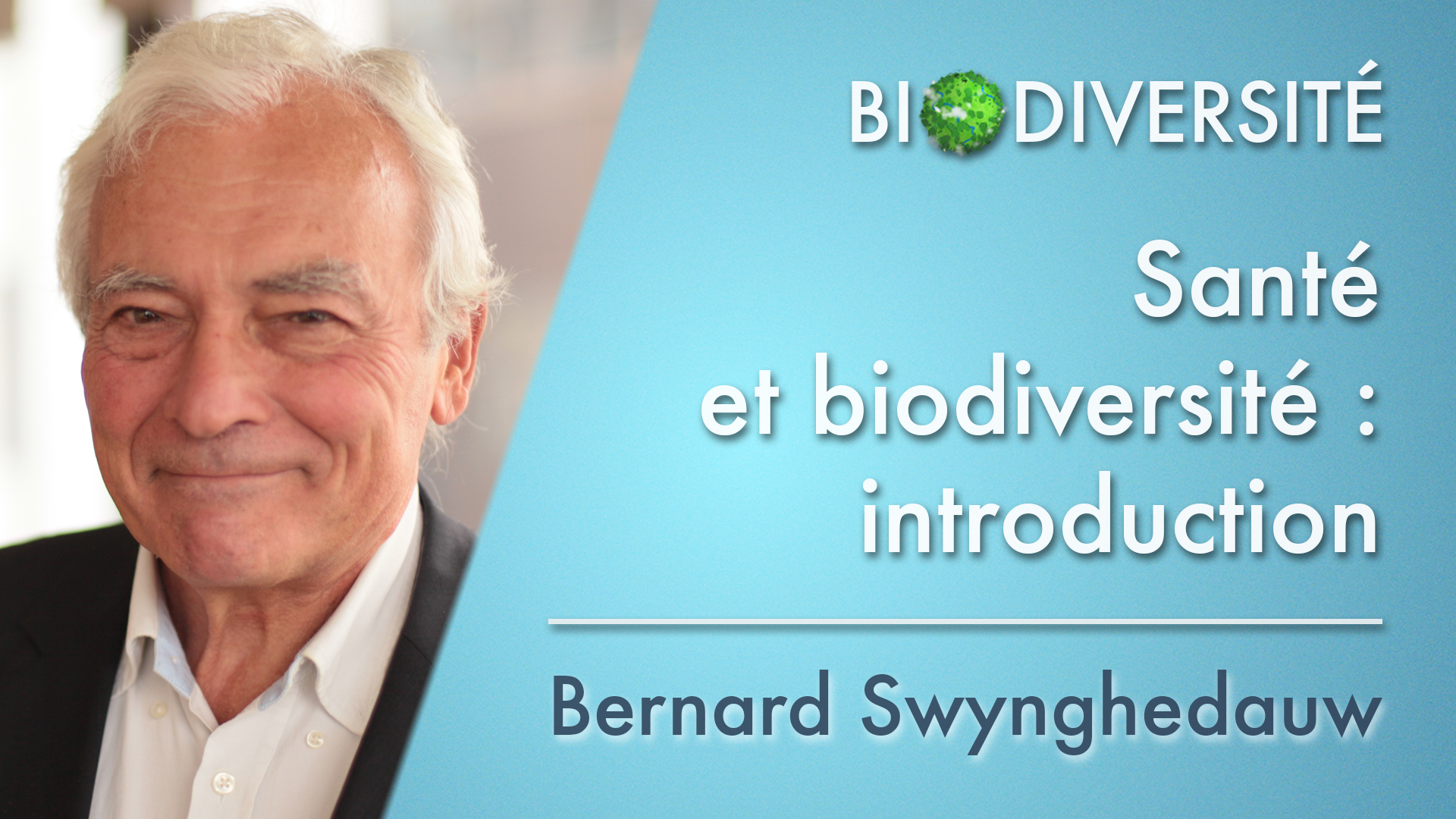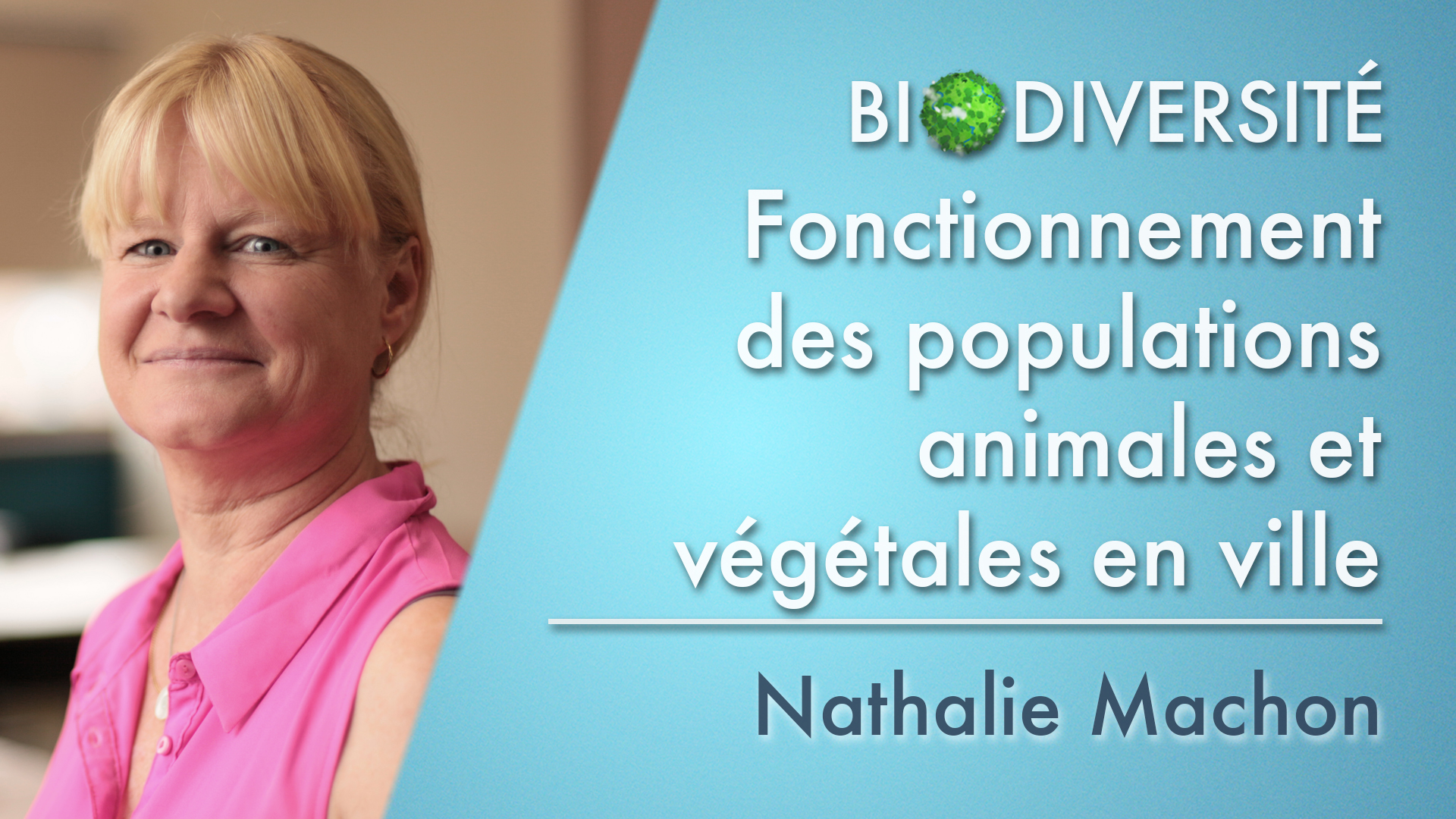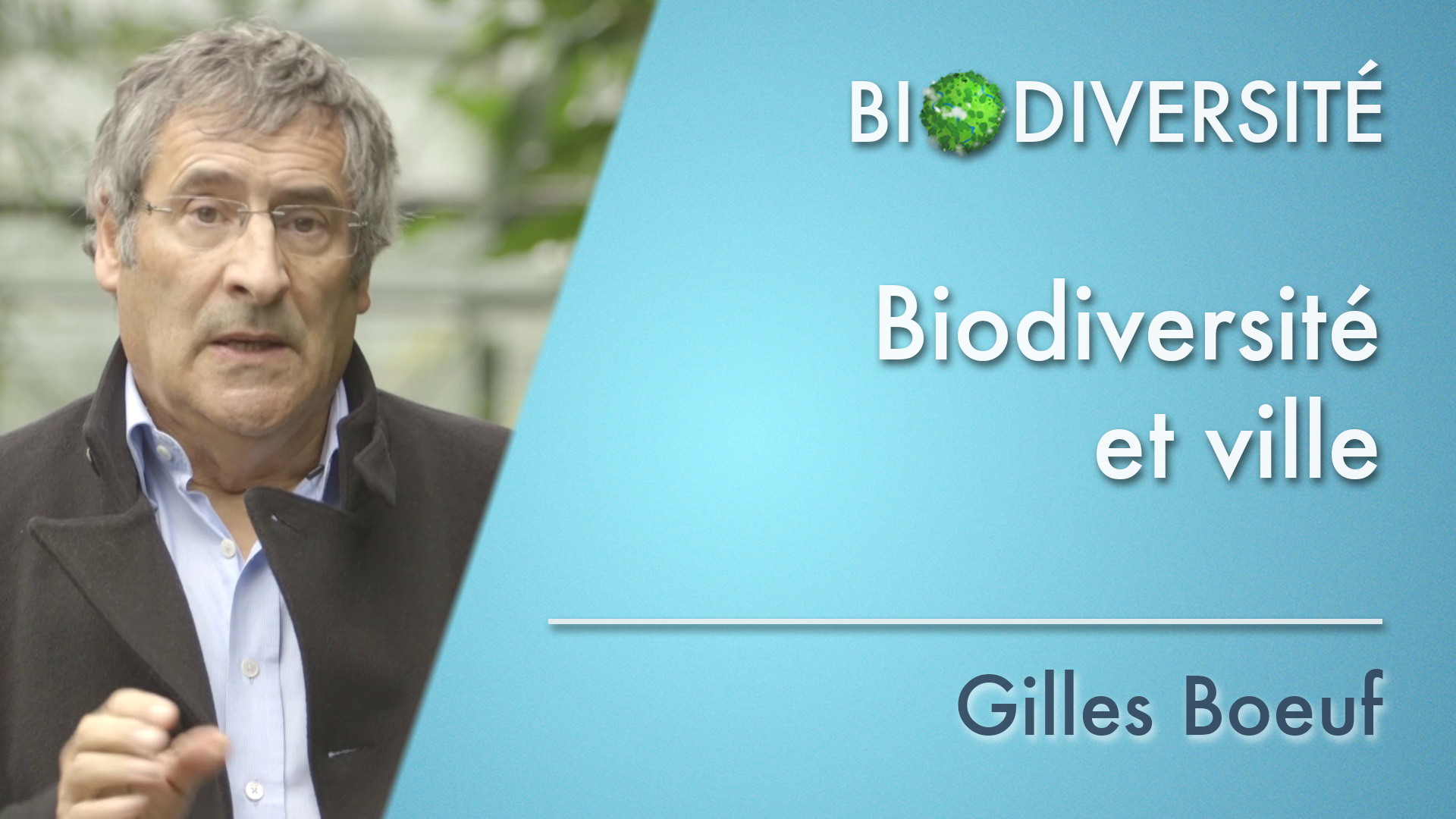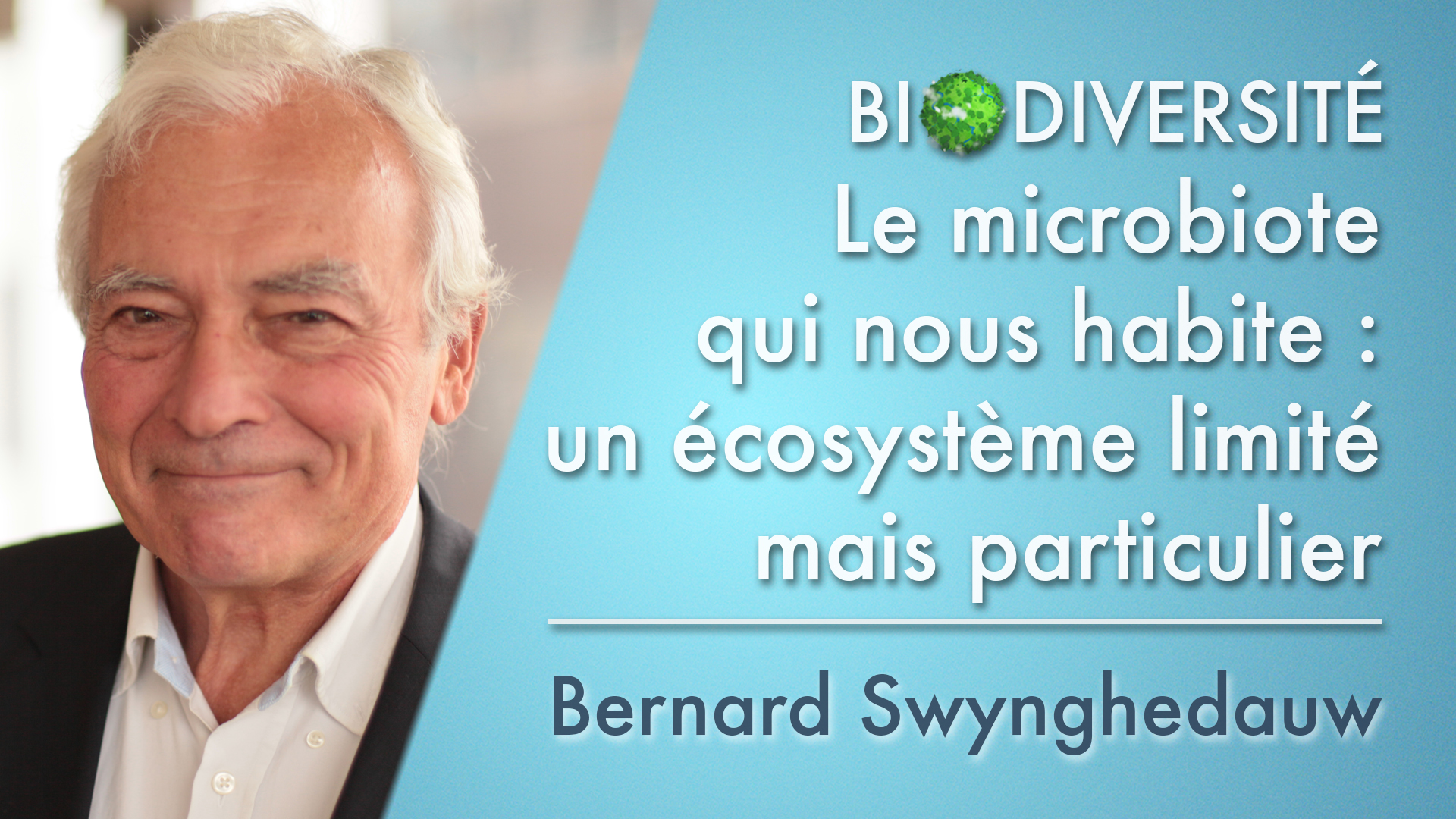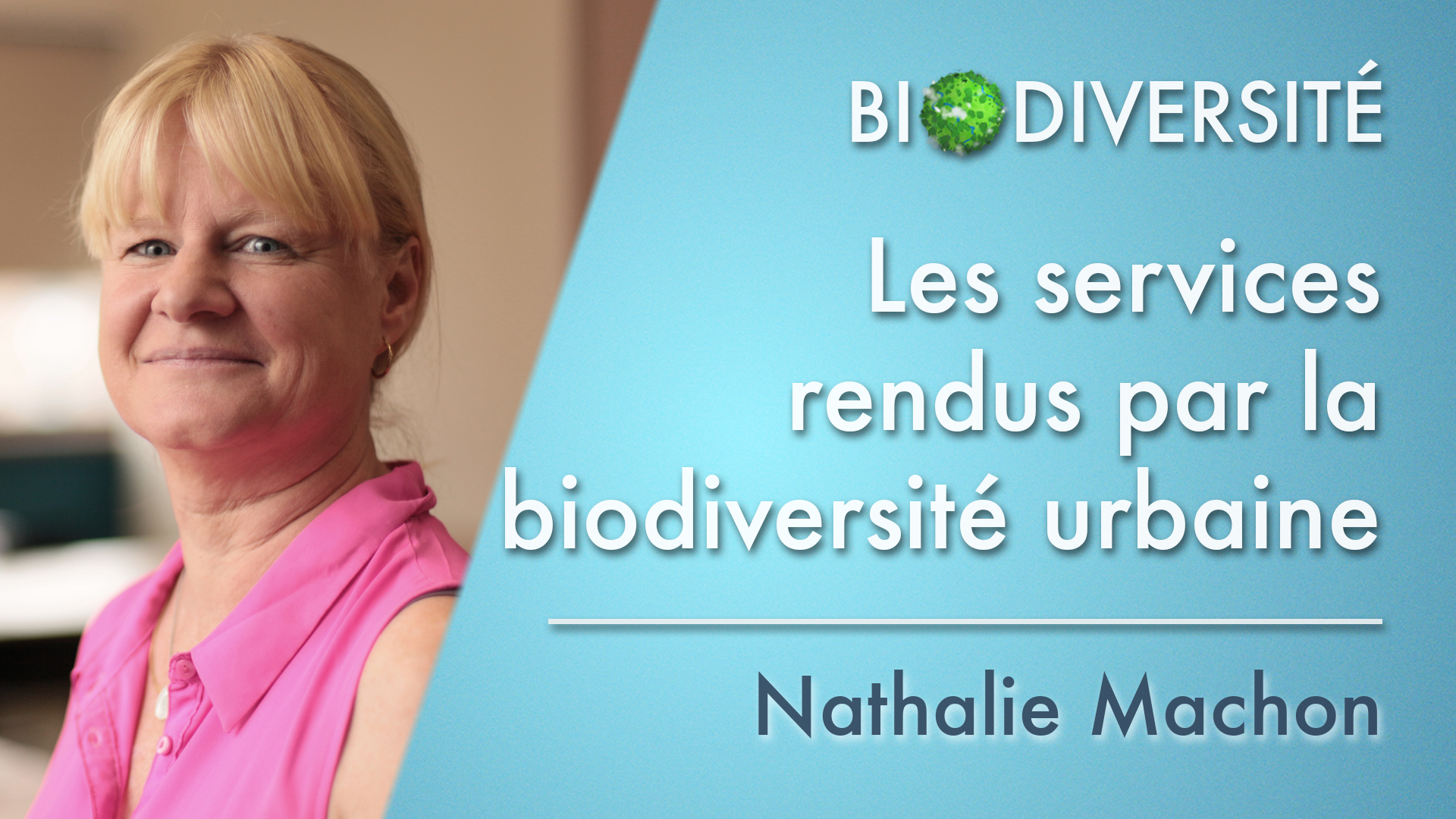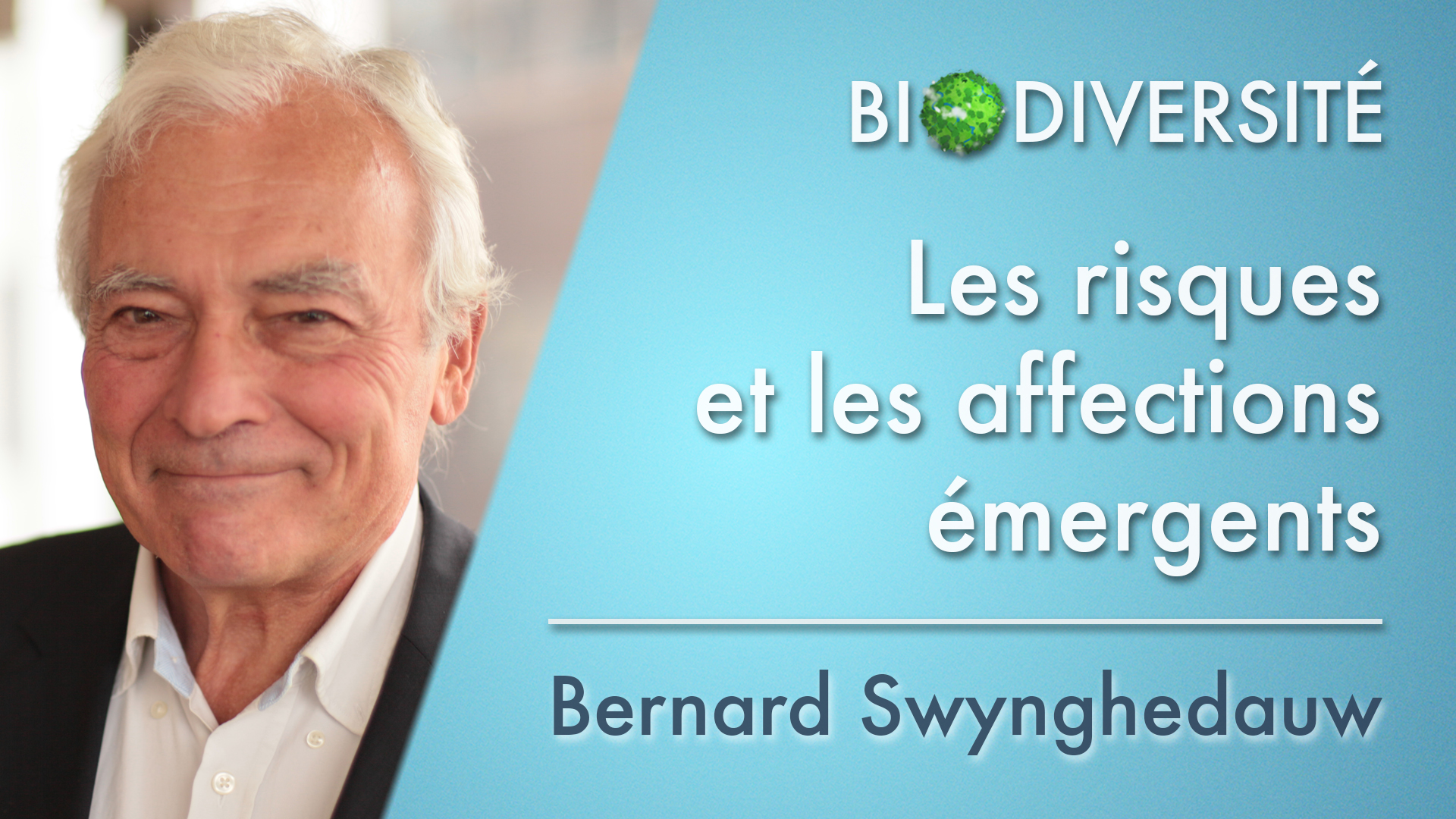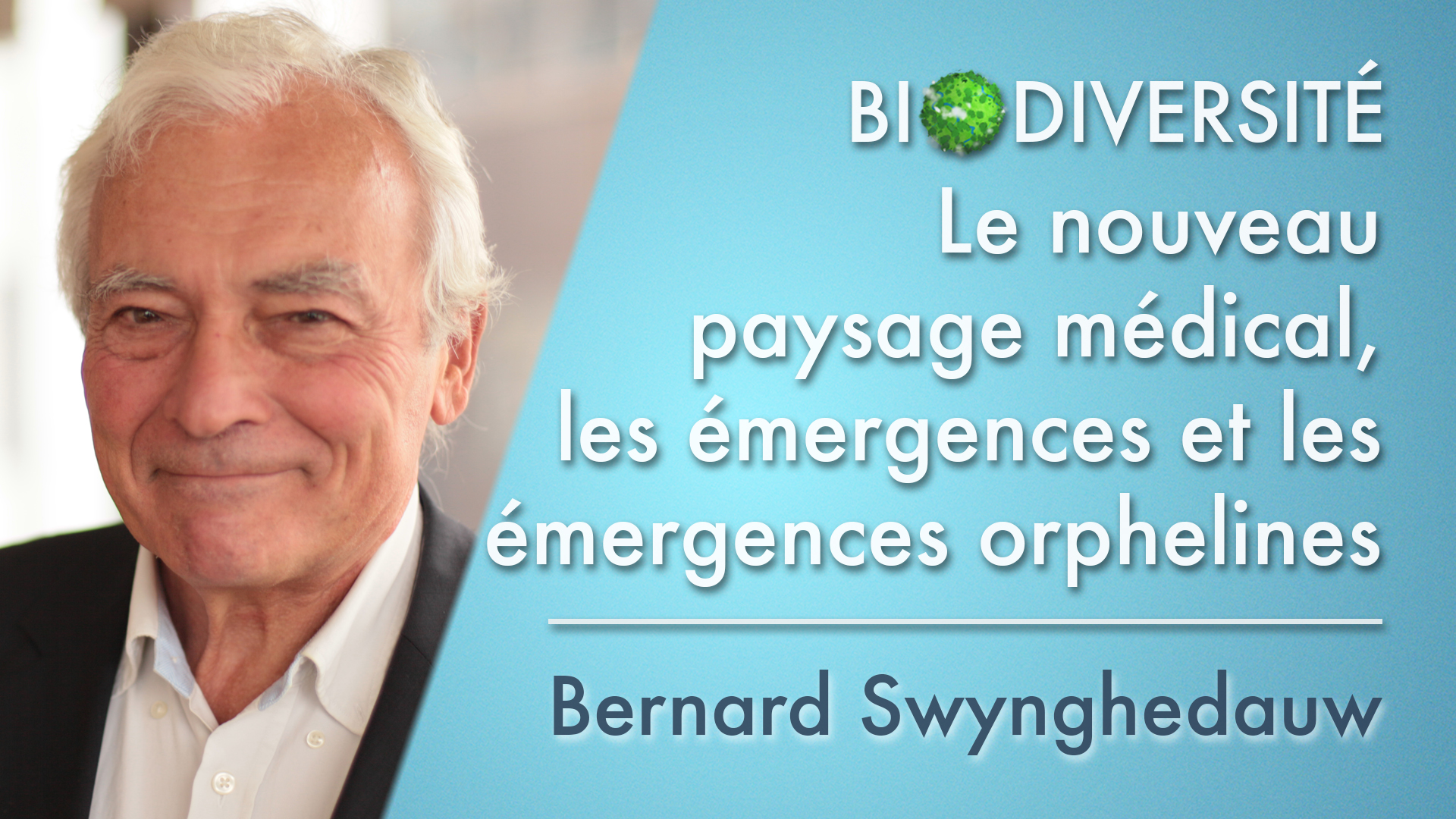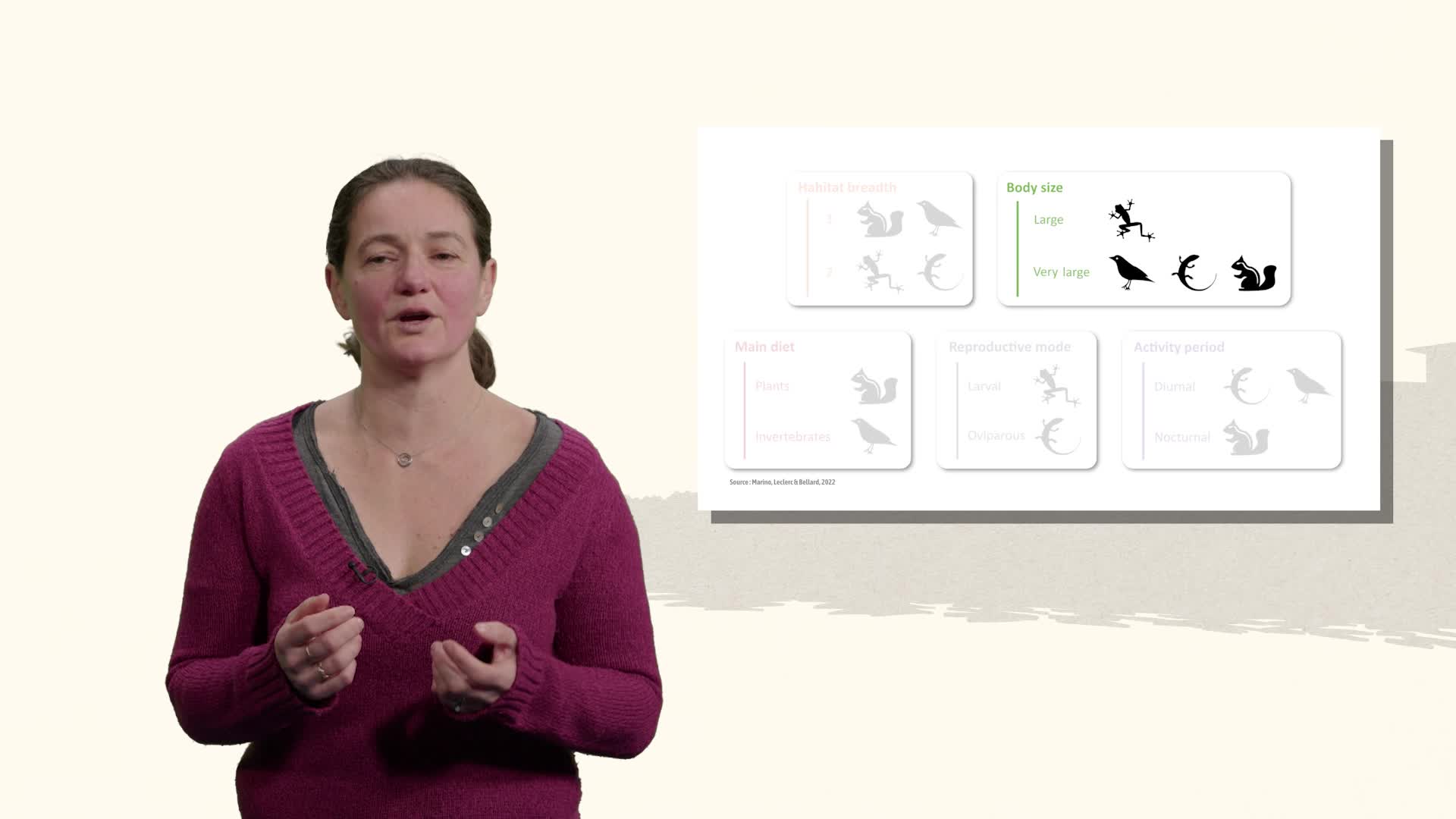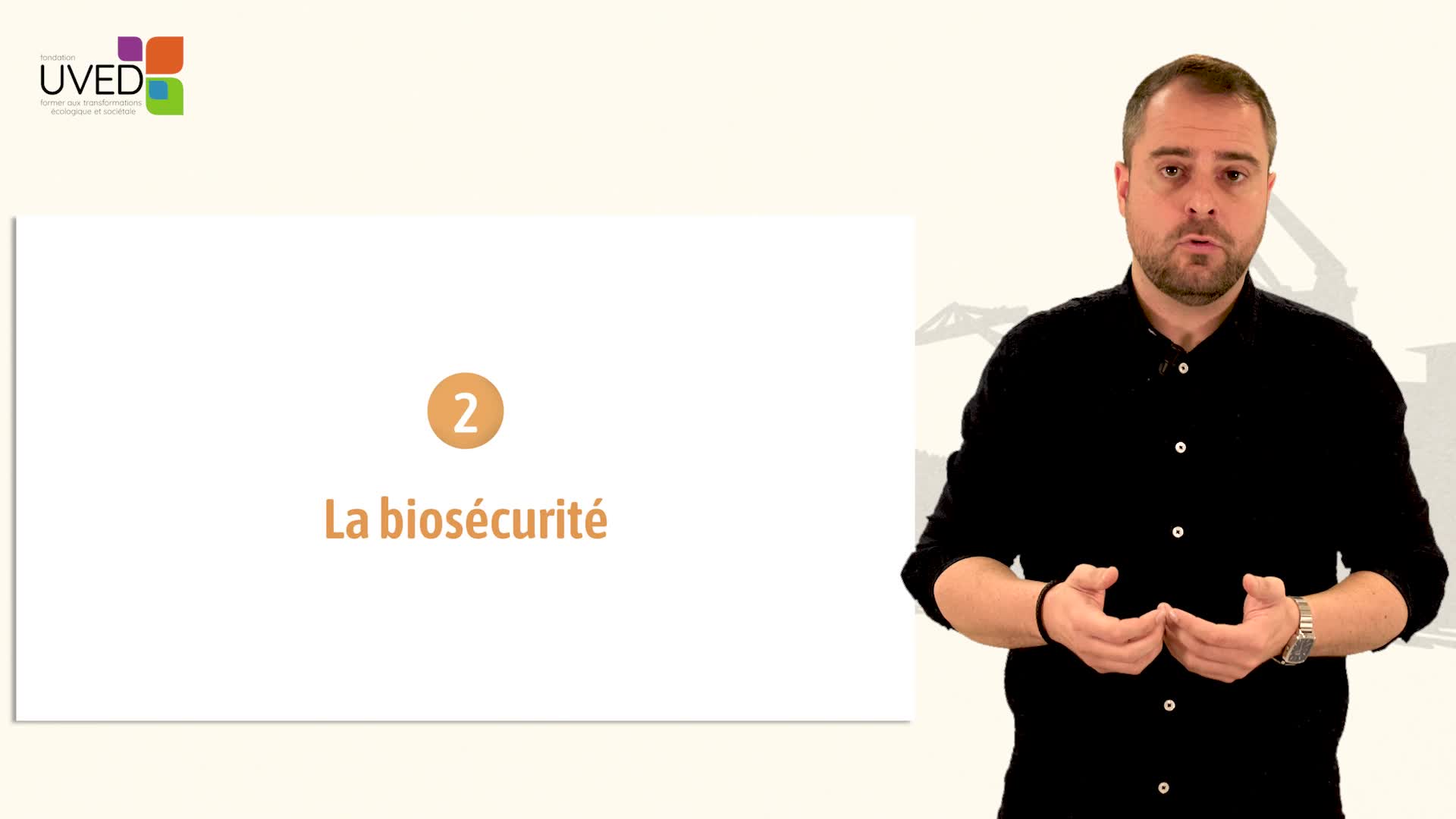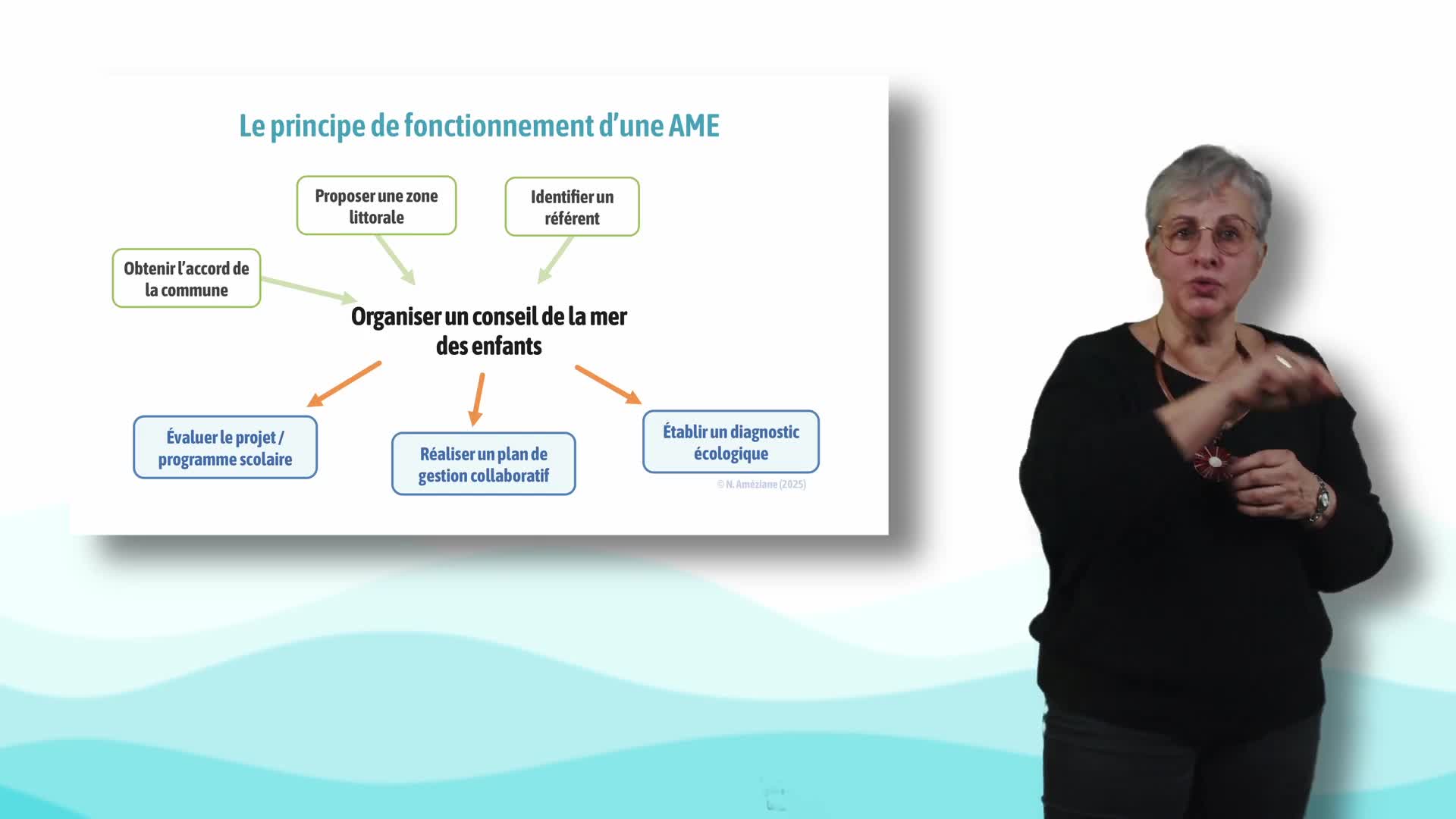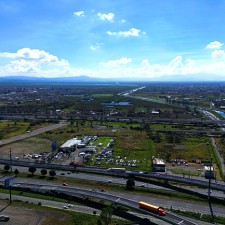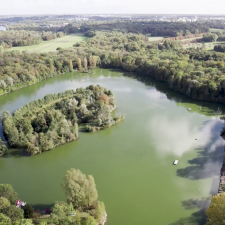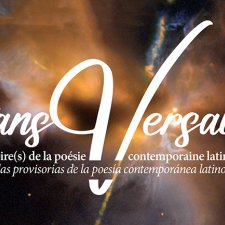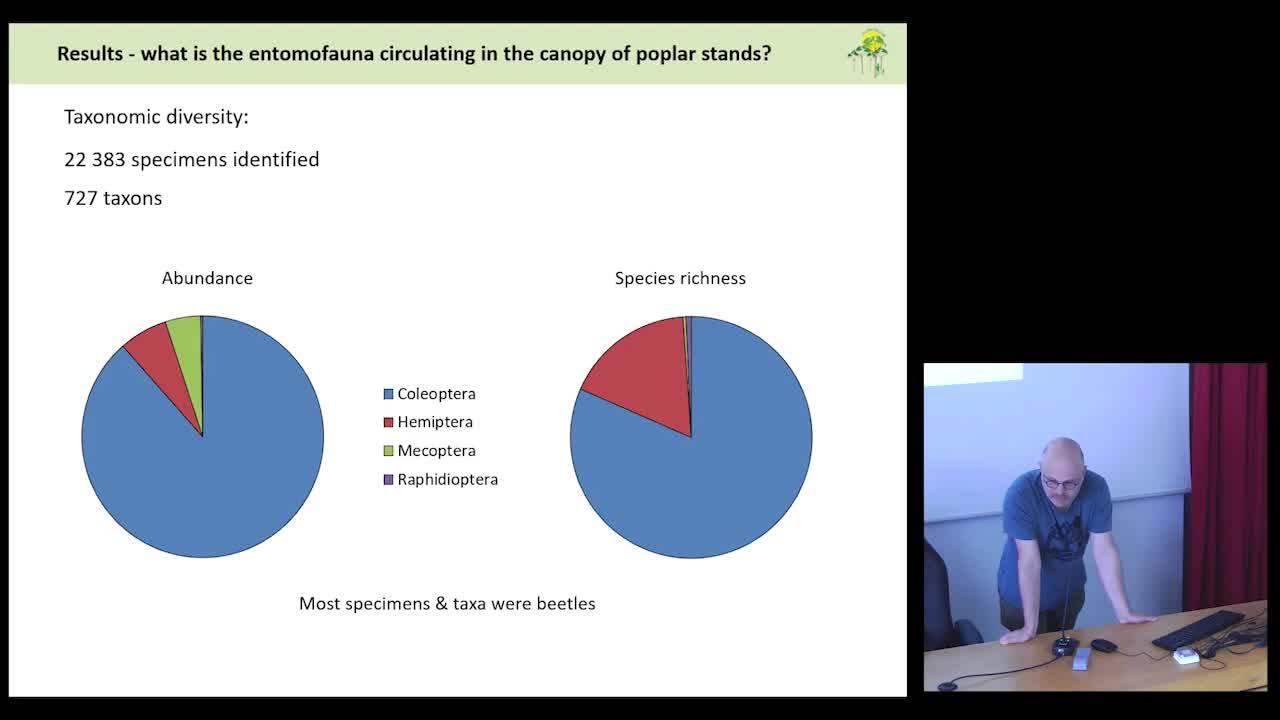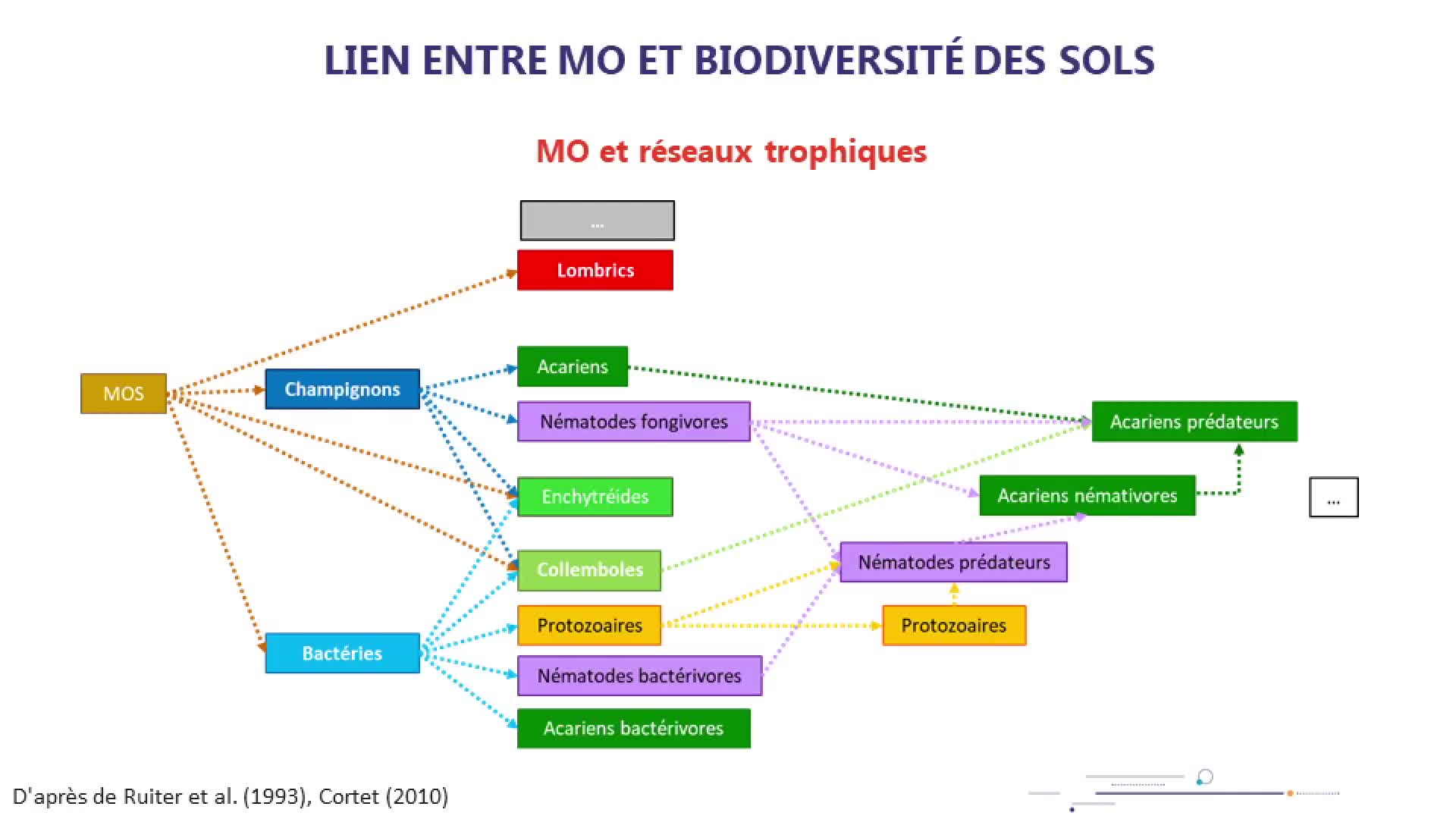Notice
2. Les éléments de la biodiversité qui concernent le plus la santé
- document 1 document 2 document 3
- niveau 1 niveau 2 niveau 3
Descriptif
Dans cette intervention, Bernard Swynghedauw présente les grands groupes d'organismes vivants (procaryotes, eucaryotes, virus), et évoque le lien entre cette biodiversité et la santé en insistant sur deux aspects : l'effet dilution et l'atopie.
Dans la même collection
-
Biodiversity and health - Introduction
Bernard Swynghedauw explores with us a still quite unknown biodiversity, which plays an essential role for our development: the microbiota. It consists of all the microorganisms living in our organism
-
EN-2. The most biodiversity-related elements to health
SwynghedauwBernardBernard Swynghedauw presents the main groups of living organisms (prokaryotes, eukaryotes, virus), and evokes the link between this biodiversity and the health, insisting on two aspects: the dilution
-
EN-9. The urban biodiversity
MachonNathalieWith Nathalie Machon, we will discover the urban biodiversity. She proposes a zoning of cities depending on the extent of the green areas, then she explains the ecological features specific to this
-
EN-4. Microbial biodiversity changes caused by human activity
SwynghedauwBernardBernard Swynghedauw talks about the microbial biodiversity. He first defines it, then he highlights the changes which affect it, related to the human activities. He also brings us data regarding the
-
EN-12. What determines the quality of urban biodiversity ?
MachonNathalieNathalie Machon presents some factors influencing the quality of the urban biodiversity: climate, soil features, age of the habitat, fragmentation and heterogeneity of the green areas... She concludes
-
EN-7. How to achieve a truly comprehensive ecology of health
SwynghedauwBernardBernard Swynghedauw speaks in favour of a truly comprehensive ecology of health. He especially wants to better take into account the microbiota in the public health issues. He also raises the question
-
EN-1. Health and biodiversity: what links
SwynghedauwBernardBernard Swynghedauw defines the biodiversity, the health, and the disease. He evidences the importance of the environmental and / or genetic factors in the appearance of diseases. He also links the
-
EN-10. The functioning of urban animal and plant populations
MachonNathalieNathalie Machon brings data about the functioning of urban animal and plant populations. The cities are environments marked by an important fragmentation of habitats and by constraining
-
EN-5. The new medical landscape, emerging risks and diseases
SwynghedauwBernardBernard Swynghedauw proposes an overview of the epidemiological transitions over the last centuries, with a decrease of the mortality linked to the infections, and an increase of the mortality linked
-
Biodiversity and the city - Introduction
The cities still grow all around the world, and are environments which are very modified by humans. The urban living conditions constitute as many constraints as opportunities for the biodiversity. It
-
EN-3. The microbiota we host: a limited but specific ecosystem
SwynghedauwBernardBernard Swynghedauw comes back to the microbiota we host, that is the bacterial life we coexist and coevolve with. He evidences its distribution inside our organism, some factors which are responsible
-
EN-11. Services rendered by the urban biodiversity
MachonNathalieNathalie Machon uses the approach of ecosystem services to highlight the interest in preserving and promoting the urban nature: supply services, control services, cultural services and support
Avec les mêmes intervenants et intervenantes
-
EN-3. The microbiota we host: a limited but specific ecosystem
SwynghedauwBernardBernard Swynghedauw comes back to the microbiota we host, that is the bacterial life we coexist and coevolve with. He evidences its distribution inside our organism, some factors which are responsible
-
EN-6. Emerging risks and diseases
SwynghedauwBernardBernard Swynghedauw proposes an overview of the new medical landscape, marked by the emergence of several risks and diseases. He especially explores the age, the infectious risk and the immune risk,
-
EN-1. Health and biodiversity: what links
SwynghedauwBernardBernard Swynghedauw defines the biodiversity, the health, and the disease. He evidences the importance of the environmental and / or genetic factors in the appearance of diseases. He also links the
-
EN-4. Microbial biodiversity changes caused by human activity
SwynghedauwBernardBernard Swynghedauw talks about the microbial biodiversity. He first defines it, then he highlights the changes which affect it, related to the human activities. He also brings us data regarding the
-
EN-7. How to achieve a truly comprehensive ecology of health
SwynghedauwBernardBernard Swynghedauw speaks in favour of a truly comprehensive ecology of health. He especially wants to better take into account the microbiota in the public health issues. He also raises the question
-
EN-2. The most biodiversity-related elements to health
SwynghedauwBernardBernard Swynghedauw presents the main groups of living organisms (prokaryotes, eukaryotes, virus), and evokes the link between this biodiversity and the health, insisting on two aspects: the dilution
-
EN-5. The new medical landscape, emerging risks and diseases
SwynghedauwBernardBernard Swynghedauw proposes an overview of the epidemiological transitions over the last centuries, with a decrease of the mortality linked to the infections, and an increase of the mortality linked
-
7. Pour une écologie vraiment globale de la santé
SwynghedauwBernardBernard Swynghedauw plaide dans cette présentation pour une écologie globale de la santé, cherchant notamment à mieux prendre en compte le microbiote dans les questions de santé publique. Il pose en
-
6. Les risques et les affections émergents
SwynghedauwBernardDans cette présentation, Bernard Swynghedauw propose un aperçu du nouveau paysage médical, marqué par l'émergence de plusieurs risques et affections. Il explore tout particulièrement l'âge, le risque
-
3. Le microbiote qui nous habite : un écosystème limité mais particulier
SwynghedauwBernardBernard Swynghedauw revient sur le microbiote qui nous habite, à savoir le monde bactérien avec lequel nous coexistons et nous co-évoluons. Il met en évidence sa distribution au sein de notre
-
5. Le nouveau paysage médical, les émergences et les émergences orphelines
SwynghedauwBernardBernard Swynghedauw propose dans cette intervention un aperçu des transitions épidémiologiques de ces derniers siècles, avec notamment une diminution de la mortalité liée aux infections et un
-
1. Santé et biodiversité : introduction
SwynghedauwBernardBernard Swynghedauw définit dans cette présentation ce que sont la biodiversité, la santé et la maladie. Il met en évidence l'importance des facteurs environnementaux et/ou génétiques dans l
Sur le même thème
-
Les plantes exotiques envahissantes en forêt
DecocqGuillaumeGuillaume Decocq, professeur à l'université de Picardie Jules Verne, discute dans cette vidéo des invasions biologiques en milieu forestier.
-
Prédateurs introduits dans les îles : quels impacts ?
BonnaudElsaElsa Bonnaud, maître de conférences à l'Université Paris Saclay, discute dans cette vidéo des invasions biologiques en milieu insulaire.
-
Prévenir les invasions biologiques
AlbertArnaudArnaud Albert, chargé de mission Espèces Exotiques Envahissantes à l'Office Français de la Biodiversité, discute dans cette vidéo, de la prévention des invasions biologiques.
-
Les Aires marines éducatives
Améziane-CominardiNadiaNadia Améziane, professeure du Muséum national d'Histoire naturelle, discute dans cette vidéo des Aires Marines Educatives.
-
-
Quelles approches art-science pour la biodiversité ? - CoSavez-vous ? Biodiversité
BarotSébastienMarielJulietteDangerFlorenceLa création artistique et la recherche scientifique étaient autrefois des domaines complètement séparés, mais ils sont aujourd’hui beaucoup plus connectés. Les œuvres hybrides qui en résultent brisent
-
Mexico au défi de l’aménagement de ses zones humides
Blásquez MartinezLidia IvonneAngéliaumeAlexandraCette conférence traite de l’importance des zones humides pour la durabilité et la résilience des villes face aux défis environnementaux.
-
Plans d’eau urbains et accès à la nature, le lac de Champs-sur-Marne
Vinçon-LeiteBrigitteD’origine artificielle, cette ancienne gravière revêt désormais une importance particulière pour la biodiversité en ce qu’elle constitue une interface entre le milieu terrestre et aquatique, favorable
-
Poéticas de la biodiversidad en América Latina
BinnsNiallLe colloque TransVersales. État(s) provisoire(s) de la poésie latino-américaine contemporaine se proposait de faire émerger et d’analyser des questions toujours essentielles comme le rythme, le
-
Poplar plantations: habitats of interest for entomological biodiversity?
SalléAurélienSession plénière 5 : Questionner la piste des plantations/Questioning the plantation solution (session Plantaclim)
-
-
PathoBios : Observatoire des agents pathogènes en Afrique de l'Ouest: biodiversité et biosécurité
Présentation du Laboratoire Mixte International (LMI) PathoBios: Observatoire des agents pathogènes en Afrique de l'Ouest: biodiversité et biosécurité


